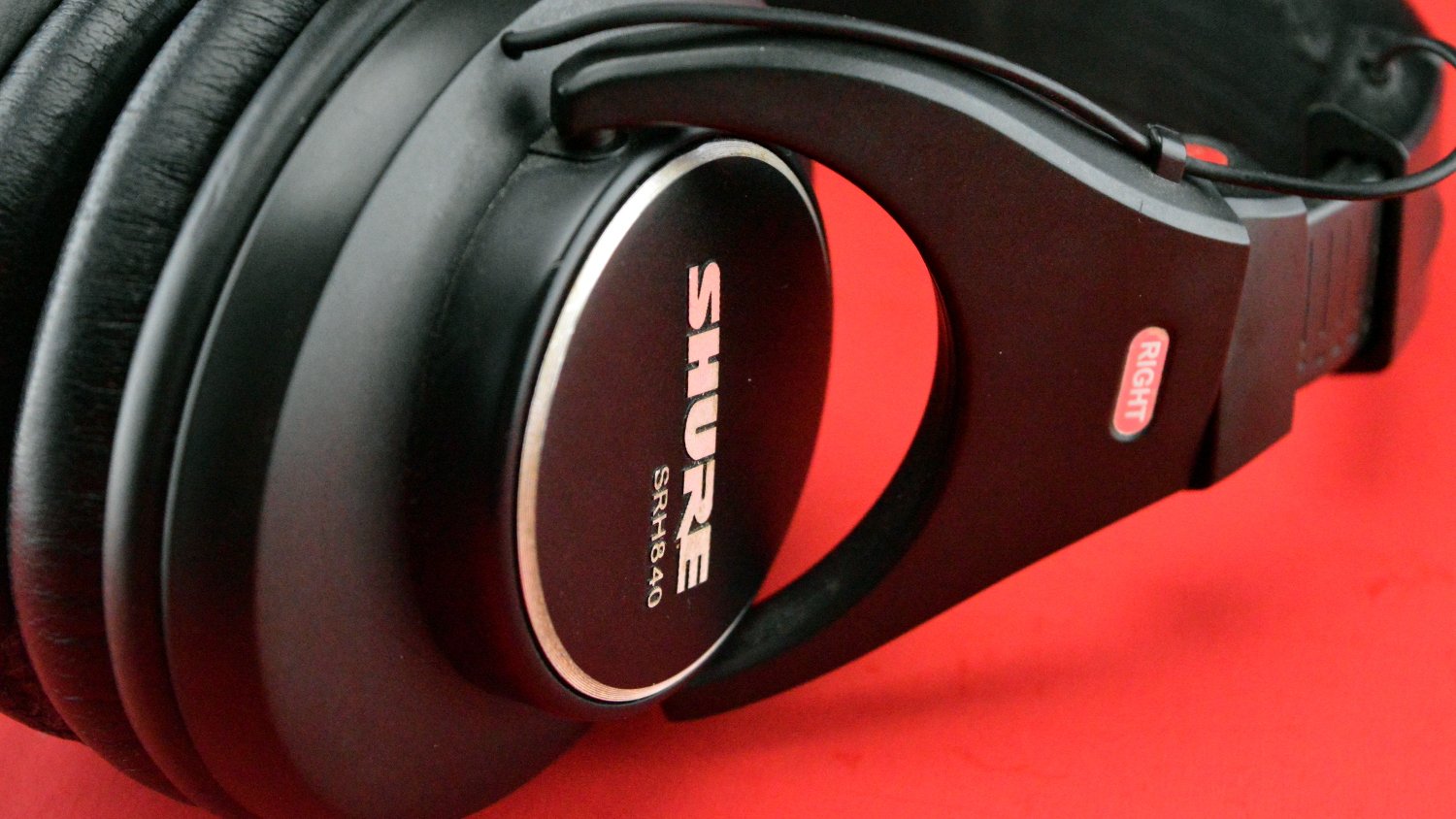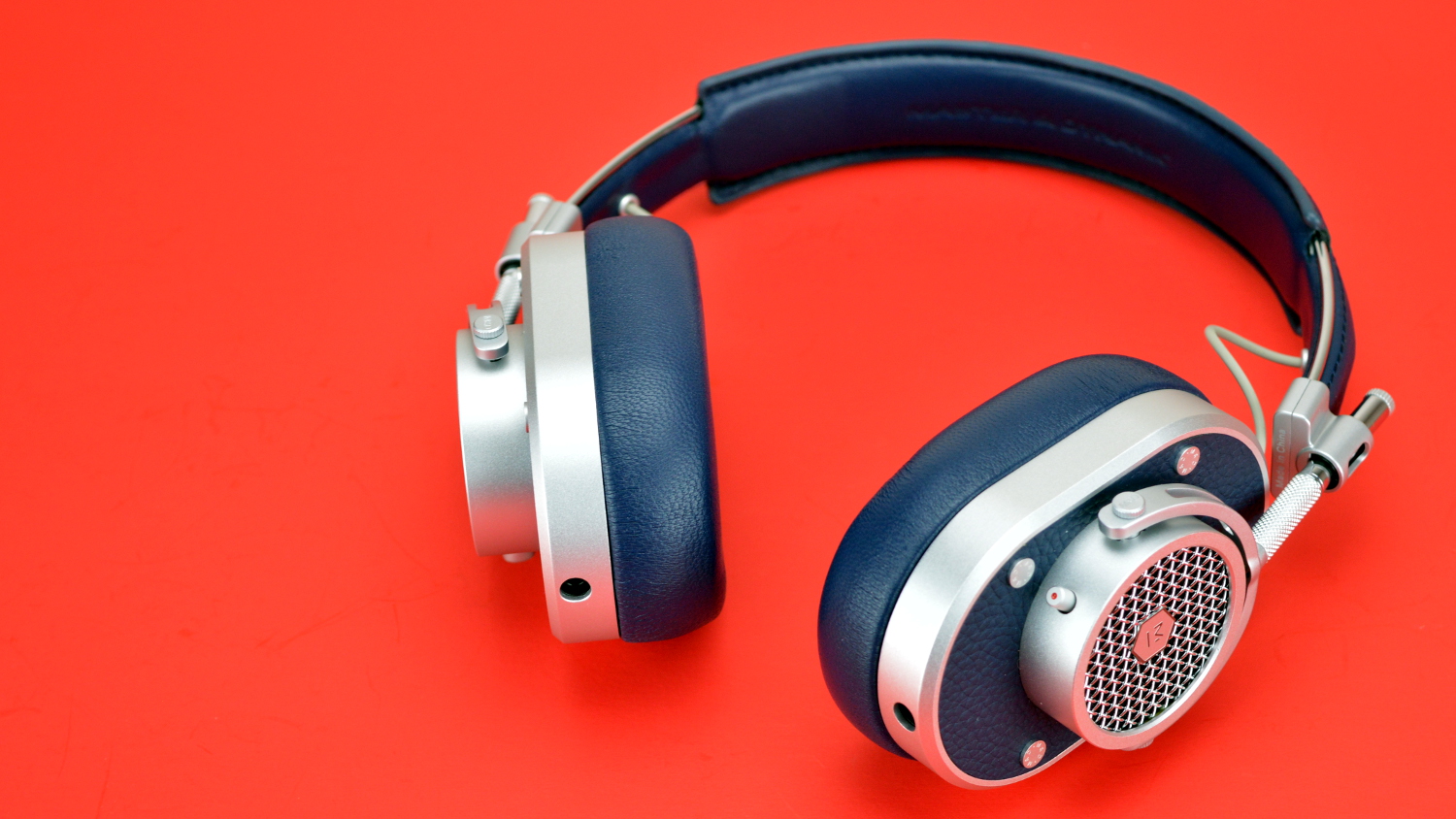Finding the right pair of headphones can be tough. As an audiophile, it can be really hard to find a pair of headphones that sound great and offer enough detail. The unfortunate truth is that in the headphone world, you get what you pay for — and great-sounding headphones isn’t always cheap. Sonarworks, however, is here to change that with what could be a revolutionary new idea. It’s called Sonarworks True-Fi, and it promises to bring studio-quality audio to even sub-par headphones through what could be groundbreaking headphone calibration tech.
You might have gathered by now that we won’t be taking a look at a pair of headphones for this review. Instead, we’re taking a look at software. Sonarworks True-Fi could completely change how we listen to music — and it could ensure that even budget headphones end up sounding great.
How it works
The concept of Sonarworks isn’t necessarily new in general, but it is new for consumers. It’s being used in studios all around the world under the name Sonarworks Reference 4 to produce a more accurate sound. Sonarworks True-Fi takes the work that Sonarworks has done in the studio world, and applies the same concept to headphones. Not just a few pairs of headphones either — currently, almost 150 pairs of headphones are supported by the software, including Apple’s earbuds, Beats headphones, and more.
To deliver a more accurate sound, Sonarworks essentially maps out the frequency response of each pair of headphones, then either cuts or boosts to compensate for those boosts and cuts. It even goes a step further than that, adjusting based on average hearing for your gender and age.
In theory, the concept could open up the magic of great-sounding headphones to those with even small budgets.
The software
The software itself is very easy to use. You can add as many pair of headphones as you want, meaning that you can quickly and easily switch between them depending on the pair you want to use at any given moment. You can also adjust depending on your age, and toggle the processing on and off so you can hear the difference.
You also get a visual representation of the software in action. The gray line represents the normal frequency response of the headphones, while the orange line shows what Sonarworks True-Fi is implementing. Depending on your age, you may see a slight boost in the upper frequencies — which is there because we lose the ability to hear higher frequencies as we get older.
Sound quality
We put Sonarworks True-Fi through the paces with a few pairs of headphones, and the results varied a little depending on the headphones we tried. Ultimately, we found that True-Fi improved the sound quality of all pairs of headphones — though with some of the low-end headphones it perhaps didn’t improve the quality as much as we might have liked.
Shure SRH840

The Shure SRH840 headphones have long been my go to while I’m at my desk, but Sonarworks proves that it can make even high-end headphones sound a little more natural.
In the case of these headphones, we immediately noticed that with Sonarworks True-Fi enabled there was a boosted mid-range. Naturally, the Shure SRH840 headphones have a slightly scooped mid range, but True-Fi helped flatten that out. We also noticed a more extended bass response that also seemed a little tighter, which was a very welcome change. Last but not least, we noticed a slightly more natural high end.
Apple EarPods
While Sonarworks True-Fi has proven that it can make higher end headphones sound more natural, it’s not uniquely for higher end headphones. In fact, it’s clear True-Fi can even make headphones like Apple EarPods sound better — but not incredible.
For example we noticed that True-Fi gave EarPods a much better bass response, which was nice to hear. By default EarPods definitely lack some bass. We also found that the system added a little clarity and detail in the high end.
Of course, here True-Fi proved that it doesn’t work miracles. The system is still limited by the hardware, so you’ll still be stuck with the somewhat sub-par speakers if you have them.
Master & Dynamic MH40

We also ran the system through the Master & Dynamic MH40 headphones, and found that it was able to deliver a professional sheen to already great-sounding headphones.
When it comes to frequency response, Sonarworks True-Fi added a lot of mid range that’s otherwise scooped in the MH40s. While the MH40s have a nice high end, True-Fi flattened it out a little, making it sound a little more natural. Last but not least, True-Fi tones back a lot of the warmth in the MH40s. That may not appeal to everyone — it makes them sound more natural, but the warmth the headphones have by default sounds kind of nice.
Conclusions
 Sonarworks True-Fi doesn’t work miracles, but it comes pretty close. You’re limited to the hardware your headphones have to offer, but True-Fi can make that hardware sound a whole lot more accurate and natural than it currently does — to the point where we consider this to be a groundbreaking product.
Sonarworks True-Fi doesn’t work miracles, but it comes pretty close. You’re limited to the hardware your headphones have to offer, but True-Fi can make that hardware sound a whole lot more accurate and natural than it currently does — to the point where we consider this to be a groundbreaking product.
Of course, for casual listening some may not want that. After all, some headphones that don’t sound natural still sound great, and you might want a slightly tweaked sound.
For those on the hunt for natural-sounding headphones, however, True-Fi is amazing. The library of supported headphones is growing, too. We recommend taking a look at the list of supported headphones, and if your headphones are on the list, download the 10-day trial and check it out for yourself. If you decide you like it, you can buy it for $80 — which isn’t a bad price at all. If you’re interested, you can check it out for yourself here.
Given the innovative and potentially game-changing product, we’ve awarded Sonarworks True-Fi the Headphone Review Gold Medal.


